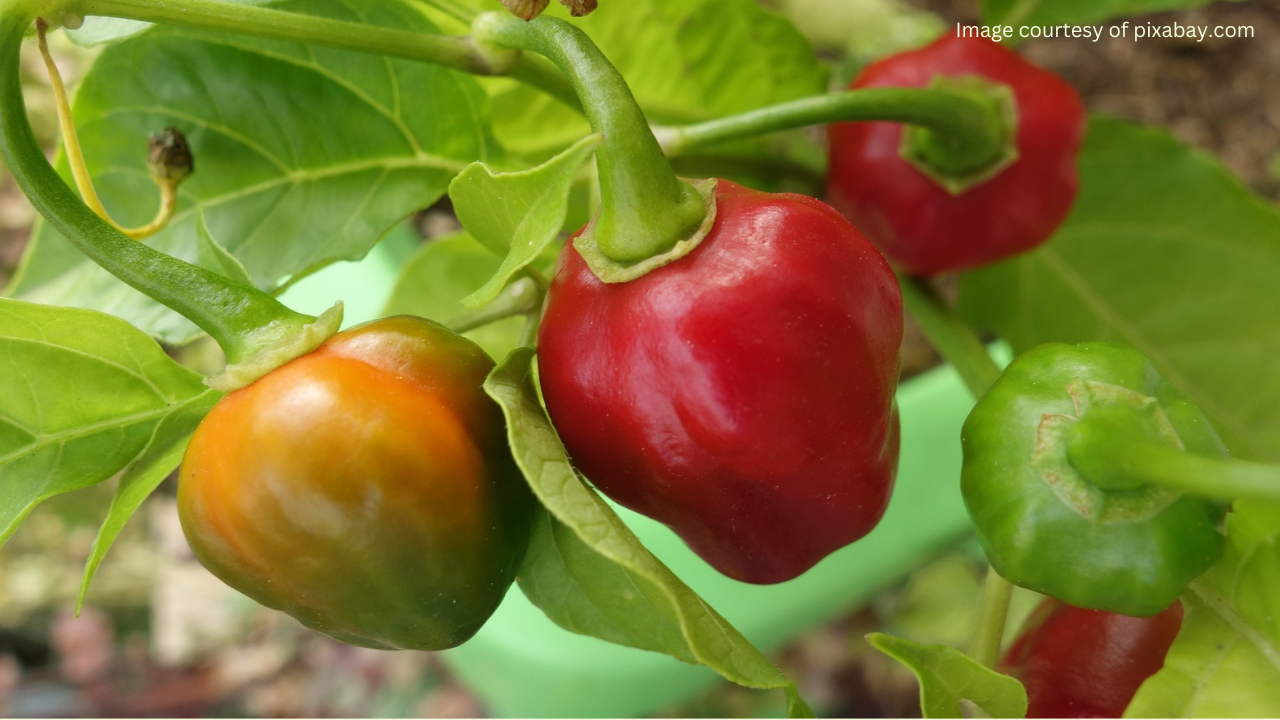Welcome to the comprehensive guide on growing fiery habanero peppers! Whether you're a seasoned gardener or a beginner, this guide will walk you through everything you need to know to successfully cultivate these vibrant and spicy peppers. From planting to harvesting, we've got you covered with expert tips and techniques to ensure a bountiful harvest of these fiery delights.
Choosing the Right Varieties
Selecting the right variety of habanero peppers is crucial for a successful harvest. With numerous cultivars available, it's essential to choose varieties that suit your climate and taste preferences. Here are some popular options to consider:
Caribbean Red Habanero
Originating from the Caribbean islands, this variety is known for its intense heat and fruity flavor, making it a favorite among chili enthusiasts.
Chocolate Habanero
With its deep brown color and rich flavor profile, the chocolate habanero adds a unique twist to your dishes. It packs a punch in terms of heat, so handle with care!
Preparing the Soil
Preparing the soil is a vital step in ensuring healthy habanero plants. These peppers thrive in well-drained, nutrient-rich soil with a pH level between 6.0 and 7.0. Follow these steps to prepare the soil:
Testing Soil pH
Before planting, test the soil pH using a soil testing kit. Adjust the pH level if necessary by adding lime to raise pH or sulfur to lower pH.
Amending the Soil
Incorporate organic matter such as compost or aged manure into the soil to improve its structure and fertility. This will provide essential nutrients for the habanero plants' growth.
Planting Habanero Peppers
Now that you've prepared the soil, it's time to plant your habanero peppers. Follow these steps for successful planting:
Choosing the Right Location
Select a sunny spot in your garden with at least 6-8 hours of sunlight per day. Habanero peppers thrive in warm temperatures, so choose a location with good air circulation.
Planting Depth and Spacing
Plant habanero pepper seeds or seedlings 1/4 to 1/2 inch deep in the soil, spaced 18-24 inches apart. Ensure proper spacing between plants to allow for air circulation and prevent overcrowding.
Watering and Fertilizing
Proper watering and fertilizing are essential for healthy habanero plants. Follow these guidelines to ensure optimal growth:
Watering Habanero Peppers
Water habanero plants regularly, keeping the soil consistently moist but not waterlogged. Avoid overhead watering to prevent fungal diseases, and water at the base of the plants to deliver moisture directly to the roots.
Fertilizing Habanero Peppers
Fertilize habanero plants with a balanced fertilizer high in phosphorus and potassium to promote flowering and fruit development. Apply fertilizer every 4-6 weeks during the growing season, following the manufacturer's instructions.
Managing Pests and Diseases
Like all plants, habanero peppers are susceptible to pests and diseases. Here are some common issues to watch out for and how to manage them:
Aphids
These tiny insects can suck the sap from habanero plants, causing stunted growth and distorted leaves. Control aphids by spraying plants with a strong jet of water or applying insecticidal soap.
Powdery Mildew
Powdery mildew is a fungal disease that appears as a white powdery coating on the leaves of habanero plants. Improve air circulation around plants and avoid overhead watering to prevent powdery mildew. Apply fungicides as needed.
Harvesting and Storing
Harvesting habanero peppers at the right time ensures optimal flavor and heat. Follow these tips for harvesting and storing your fiery peppers:
Harvesting Habanero Peppers
Harvest habanero peppers when they reach their mature color, typically bright orange or red, depending on the variety. Use scissors or pruning shears to cut the peppers from the plant, leaving a short stem attached.
Storing Habanero Peppers
Store harvested habanero peppers in a cool, dry place away from direct sunlight. You can also freeze or dry habanero peppers for long-term storage and use in recipes.

FAQs
How long does it take for habanero peppers to grow?
Habanero peppers typically take 70-90 days to reach maturity from the time of planting.
Are habanero peppers easy to grow?
While habanero peppers require some care and attention, they are relatively easy to grow, especially in warm climates.
Can I grow habanero peppers indoors?
Yes, habanero peppers can be grown indoors in containers as long as they receive adequate sunlight and warmth.
Do habanero peppers need support as they grow?
Some habanero pepper varieties may benefit from staking or support cages, especially if they produce large quantities of fruit.
Are habanero peppers perennial or annual plants?
Habanero peppers are typically grown as annual plants, but they can survive as perennials in frost-free climates.
How can I reduce the heat of habanero peppers in recipes?
To reduce the heat of habanero peppers in recipes, remove the seeds and membranes, which contain the majority of the capsaicin, the compound responsible for their spiciness.
Conclusion
Growing fiery habanero peppers is a rewarding experience that allows you to enjoy the thrill of cultivating your own spicy delights. By following the tips and techniques outlined in this guide, you'll be well on your way to a successful harvest of these vibrant and flavorful peppers. Happy growing!

